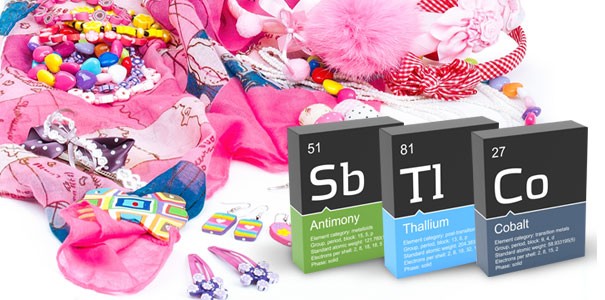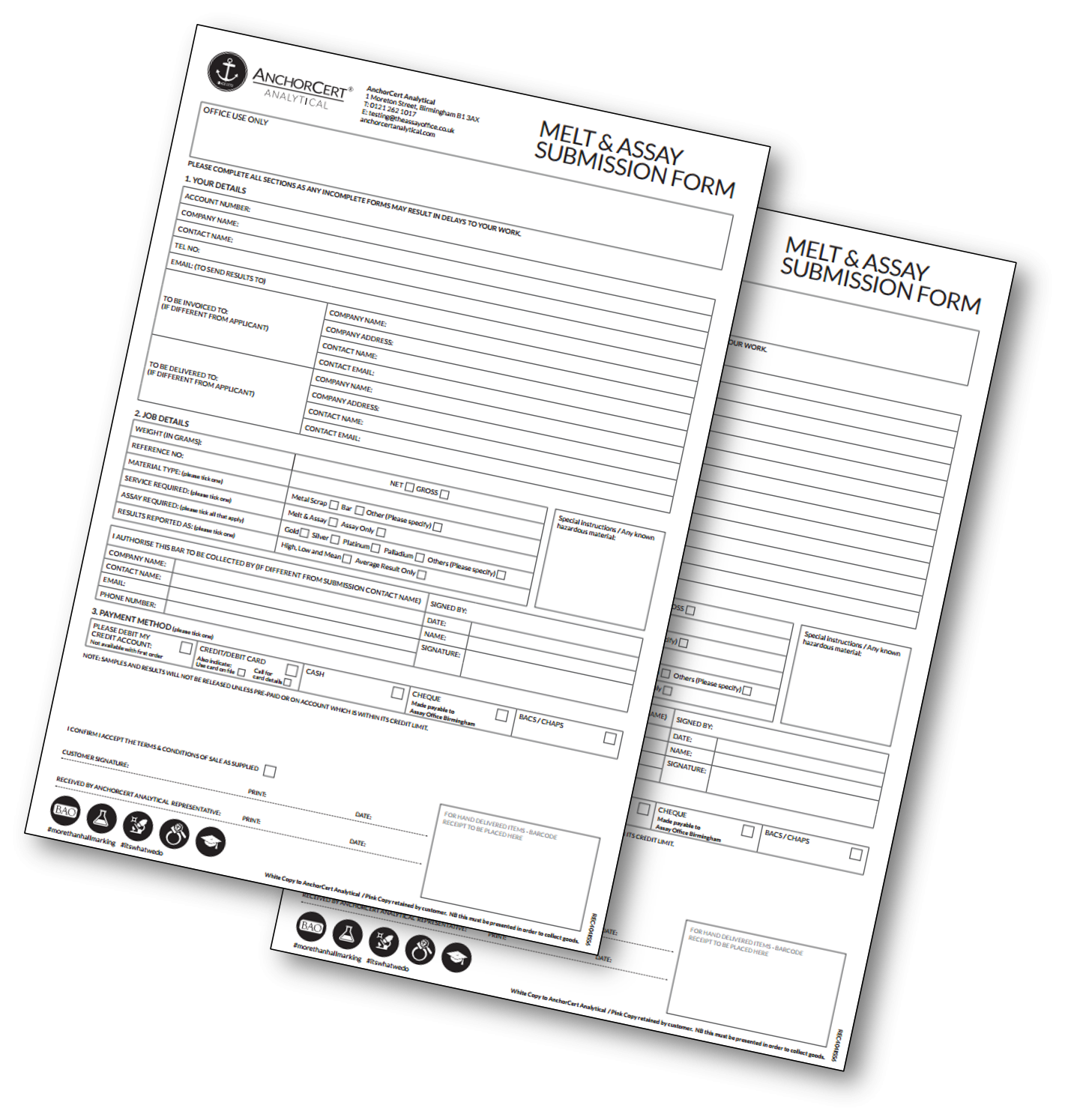Heavy Metals
Heavy Metals
Health and safety awareness should be taken into account by suppliers and retailers in order to protect consumers. It is therefore important, that all parts of the supply chain understand the potential risks and take all reasonable steps to ensure their products are ‘safe’, as required by the General Product Safety Regulations 2005/1803.
A heavy metal is any metal which causes environmental concern. Believed to have originated with reference to the harmful effects of cadmium, mercury and lead, all of which are denser than iron, the heavy metal group now encompasses other toxic metals, or metalloids such as arsenic, chromium, cobalt, nickel, copper, zinc, arsenic, selenium, antimony and thallium.
There is a particular danger for children who are more vulnerable to the effects of toxins, and are also more likely to ‘misuse’ jewellery items by sucking, biting or even swallowing them. EU legislation with regard to toys has therefore regulated the release level of eight key heavy metals since 1995 for several years. These are barium, cadmium, lead, selenium, antimony, mercury, arsenic and chromium.
New Toy Regulations have taken this still further and the updated version of the standard restricts the levels of 19 different heavy metals in toys. Click here for full details.
Even if it is not a specific legal requirement for their product many retailers and suppliers wish to take additional precautions to ensure articles placed onto the market are of a safe nature. Many may decide to test certain articles not classified as toys for the content of the heavy metals to identify other risk elements as part of their due diligence programme.
In the absence of any other standard for Heavy Metals, EN71-3 is still frequently used. This measures the rate of release of each element from each component material of the product. Different coloured plastics and fabrics will be tested individually as they will have a different chemical composition.
Others in the supply chain will choose to only test to specific mandatory legal requirements such as the lead and cadmium regulations. These make it clear that articles such as fine and costume jewellery, piercing jewellery, hair accessories, watches, wrist wear, brooches and cufflinks need to be compliant to those particular regulations. Testing should always be undertaken as part of a due diligence programme which assesses the risk and potential dangers and ensures that all reasonable steps are taken to ensure the product is safe.
Those trading in America may take a different view as the quality standard for jewellery ASTM F293-11 includes the same eight Heavy Metal elements as the original EN71-3 standard but measures by composition by weight. Release will only be checked if the weight exceeds the limit as this does not necessarily imply a high release, depending upon other elements in the alloy and the way the product has been treated.
AnchorCert Analytical delivers UKAS accredited testing of heavy metals to several international standards using state of the art laboratory equipment.
Your item has been added to the basket
You need to create an account, or login before you can add this item to your basket.




